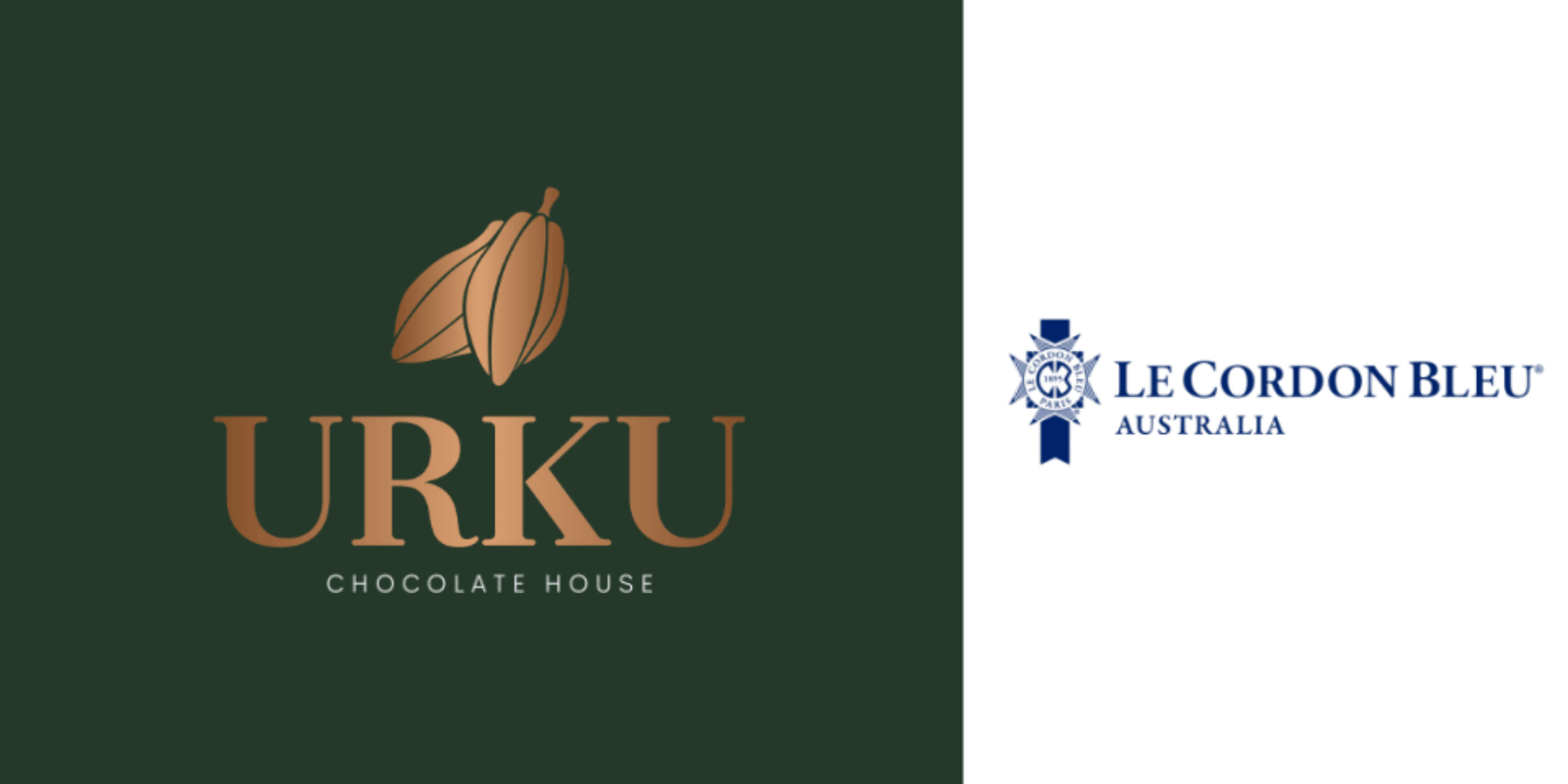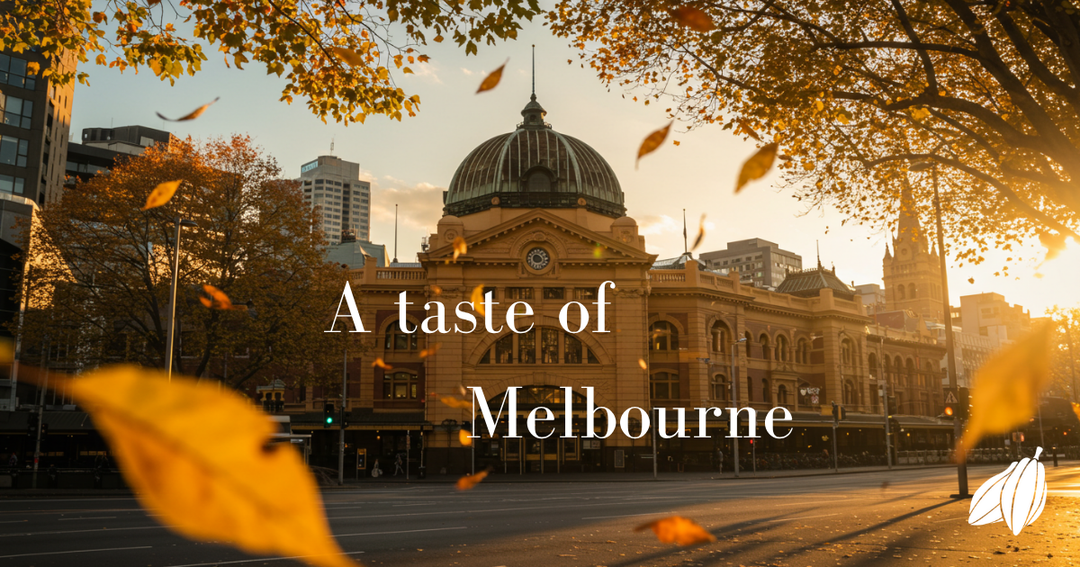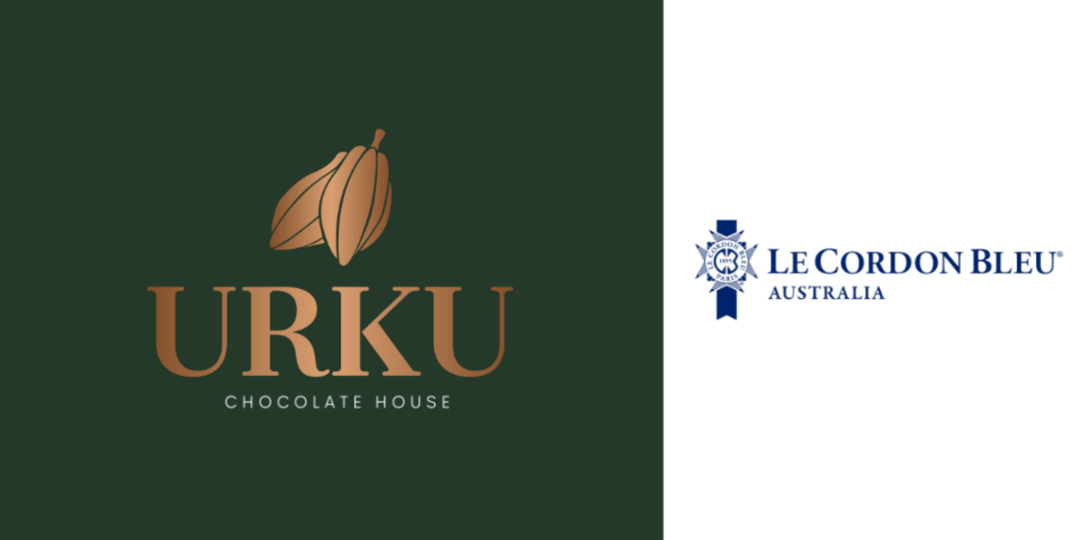Culinary Adventures: Unlocking the Intrinsic Power of Chocolate at Le Cordon Bleu

At Le Cordon Bleu in Australia, a culinary adventure unfolded, challenging chefs to reimagine their relationship with chocolate. Sebastian Alarcon Pinto's session aimed to unlock the power of chocolate and inspire future culinary leaders.
Questioning the Canvas: A Paradigm Shift in Chocolate Perception
The masterclass commenced not with a recipe or a demonstration, but with a fundamental question, a philosophical inquiry into the very nature of chocolate's role in the culinary landscape: Is chocolate, as it has often been treated, merely a blank canvas upon which any flavour can be indiscriminately painted? Is it a neutral base, a malleable substrate ready to receive external influences without contributing its own unique identity? Or does it, in fact, possess its own inherent character, a complex and nuanced profile that demands respect, understanding, and a deliberate effort to be celebrated and enhanced?
This deceptively simple question served as a catalyst for a paradigm shift. It challenged the students to move beyond the conventional, often rote, approach of simply layering flavours onto chocolate, treating it as a mere carrier. Instead, they were urged to consider how chocolate itself – its innate properties, its inherent complexities – could be leveraged to elevate and transform other ingredients, creating a synergistic harmony that transcends the sum of its parts. Sebastian challenged the future of the culinary world to delve deeper, to question ingrained assumptions, and to actively seek out the hidden notes and untapped potential that reside within each carefully sourced cacao bean.
An Immersive Tasting Experience: Deconstructing Flavour, Reconstructing Perception
The two-and-a-half-hour masterclass wasn't a lecture; it was an immersive, multi-sensory exploration, a meticulously guided journey into the heart of chocolate's complex character. At the centre of this experience was the opportunity for the students to intimately sample and critically analyse the diverse flavour nuances of URKU's signature Pinto Collection. This collection is not merely a selection of chocolates; it's a testament to the power of innovative techniques and the profound influence of terroir.
Central to the collection is URKU's unique "Aged Chocolate," a product of meticulous experimentation and a deep understanding of the interplay between time, environment, and flavour. This process, shrouded in secrecy and guarded with unwavering precision, involves aging selected cacao beans, already of exceptional quality, in carefully chosen cedarwood vessels under strictly controlled temperature and humidity conditions. This is not a passive process of mere storage; it's an active transformation, a coaxing of latent flavours and aromas from the bean through the subtle interaction with the wood.

The wood itself, cedarwood in this instance, is not simply a container; it's an active participant in the flavour development. The porous nature of the wood allows for a slow, gradual exchange of volatile compounds between the bean and its environment. The cedarwood, with its own inherent aromatic qualities – subtle hints of resin, spice, and a lingering sweetness – imparts these notes to the cacao, enriching its profile and adding layers of complexity.
The students were challenged to dissect these flavours, to identify the individual notes contributed by the wood and to understand how they interacted with the inherent characteristics of the cacao. They were encouraged to use their existing knowledge of flavour pairings and culinary techniques to imagine how these aged chocolates could be used to create innovative and unexpected dishes.
Uncovering the Intrinsic Value: More Than Just Sweetness
One of the most significant revelations for the students was the realisation that chocolate is not simply a source of sweetness. It's a complex ingredient with a wide range of flavour notes that can be harnessed to create both sweet and savoury dishes. They discovered that well-crafted chocolate can possess notes of:
-
Fruity Brightness: Hints of berries, citrus, or tropical fruits, adding a refreshing complexity.
-
Spiced Warmth: Undertones of cinnamon, nutmeg, or cloves, providing a comforting and aromatic dimension.
-
Floral Fragrance: Delicate notes of jasmine, rose, or violet, adding an ethereal and elegant touch.
-
Earthy Depth: Grounded hints of forest floor, mushrooms, or minerals, bringing a savoury and grounding element.
-
Smoked Intrigue: The subtle smokiness imparted by the cedarwood creates an unexpected and captivating twist.
These diverse flavour profiles allowed the students to envision chocolate not just as a dessert component, but as a versatile ingredient that could be used in sauces, marinades, rubs, and even as a primary flavour element in savoury dishes.
The masterclass was an eye-opening experience for everyone in the room, expanding the understanding of what chocolate is and what chocolate can be. The students recognised how to incorporate wood that provides additional flavours. Students left with a renewed appreciation for the artistry and craftsmanship that goes into creating luxury chocolate.
The Intrinsic Power of Preference: Embracing Subjectivity and Individuality

A crucial element of the masterclass was the emphasis on the highly personal and subjective nature of taste. The message was clear: what one person finds exquisitely delightful, another may find less appealing, and that is perfectly acceptable. This is not a sign of a flawed palate, but rather a reflection of the unique tapestry of factors that shape our individual perceptions of flavor.
Our taste preferences, the students learned, are not simply hardwired into our genes. They are shaped by a complex interplay of:
-
Genetic Predisposition: Certain genes can influence our sensitivity to specific tastes, such as bitterness or sweetness.
-
Cultural Influences: The culinary traditions and flavor profiles we are exposed to during our formative years play a significant role in shaping our preferences.
-
Personal Experiences: Positive or negative experiences with certain foods can create lasting associations that influence our future preferences.
The masterclass encouraged the students to delve into their own personal experiences and ask themselves some fundamental questions when experiencing food:
-
What are the aromas and flavours that resonate most deeply with you?
-
What textures do you find most satisfying and pleasurable?
-
What memories and emotions do you associate with specific dishes or ingredients?
By engaging in this introspective exploration, the students could begin to understand the unique nuances of their own palates and gain a deeper appreciation for the diverse range of flavours that exist in the world.
Conclusion: A Call to Culinary Exploration and Individual Expression
The culinary world is in a state of constant flux, and chefs are perpetually seeking new and innovative ways to push boundaries, challenge conventions, and create dishes that captivate, inspire, and evoke emotion. The masterclass at Le Cordon Bleu served as a catalyst, igniting a spark of curiosity and encouraging these future culinary leaders to embrace a new perspective on chocolate, not as a simple ingredient, but as a powerful force capable of transforming the culinary landscape.
By understanding the intrinsic properties of chocolate, by respecting its complexity and embracing its unique potential, and by celebrating the highly personal nature of taste, these chefs are poised to create dishes that are not only delicious but also deeply meaningful and expressive. The future of chocolate in cuisine is bright, and these are the chefs who will lead the way, forging new pathways of flavour and inspiring a new generation of culinary artists.
 The key take-away is to embrace the differences that separate and come together to create new creations that are not only amazing, but memorable.
The key take-away is to embrace the differences that separate and come together to create new creations that are not only amazing, but memorable.



Leave a comment